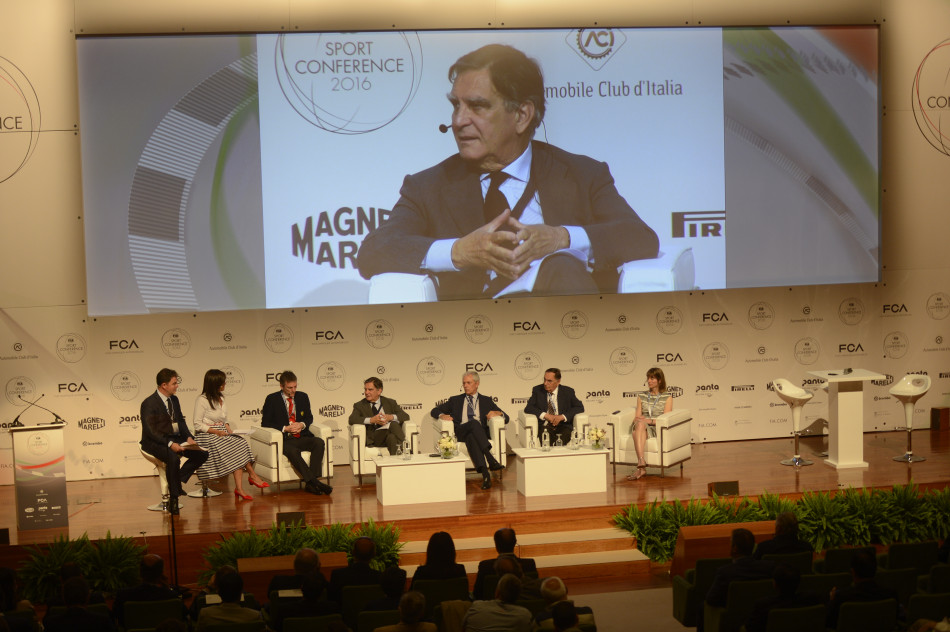A historic success

Speaking at the FIA Sport Conference 2016, Paolo Cantarella, President of the FIA Historic Commission provided some fascinating insights into the rapid growth of historic motor sport in recent years.
“When historic Formula One racing began, we had around ten entries. Last year in we had over 30 entries on average. The number of fans is also amazing – hundreds of thousands of people at events all around the world show the success and appeal of historic racing today. It is undoubtedly driven by the beauty of the cars and the amazing history of the drivers.”
As well as the huge popularity among spectators, Cantarella also highlighted the importance of the huge number of competitors that race historic cars. He continued, “It’s not just spectators – in Italy alone we had 600 individuals actually racing in historic motor sport in 2015.
“These people are the real backbone of historic motor sport. One word to sum it up is fun. It doesn’t have to be so expensive either. It is possible to buy and prepare a competitive car for under ten thousand euros. Everything in modern racing moves so quickly that it goes out of date so fast that most people can’t afford to own the cars. This is different for historic racers, they usually do own the cars. This means they really look after them – keep them alive. It’s part of what makes it so special.”
Having established the current rude health of the historic sector, the FIA Historic Commission President went on to give attending delegates from ASNs around the world some guidance on the potential issues they may face in the coming years.
“Historic racing can play a huge role in attracting people to the sport, but we are also facing a risk,” he said. “In some ways we can become victims of our own success. At the top end, the value of the cars has increased dramatically, so many of the collectors are not racing the cars, but giving them to professionals who tend to win! The other issue is the idea of ‘developing’ historic cars, making them faster than they should be.”
He concluded by offering advice to the gathered delegates from ASNs around the world, and said, “We as ASNs and organisers have to work to maintain the things that make historic racing what it is, and preserve this. We have to do it not just for the sporting side, but also from safety. Making these cars faster than they should be is dangerous, and what’s more, much of the enjoyment comes simply from driving and sharing the magnificent machines, not just winning races.”

 Facebook
Facebook Twitter
Twitter






